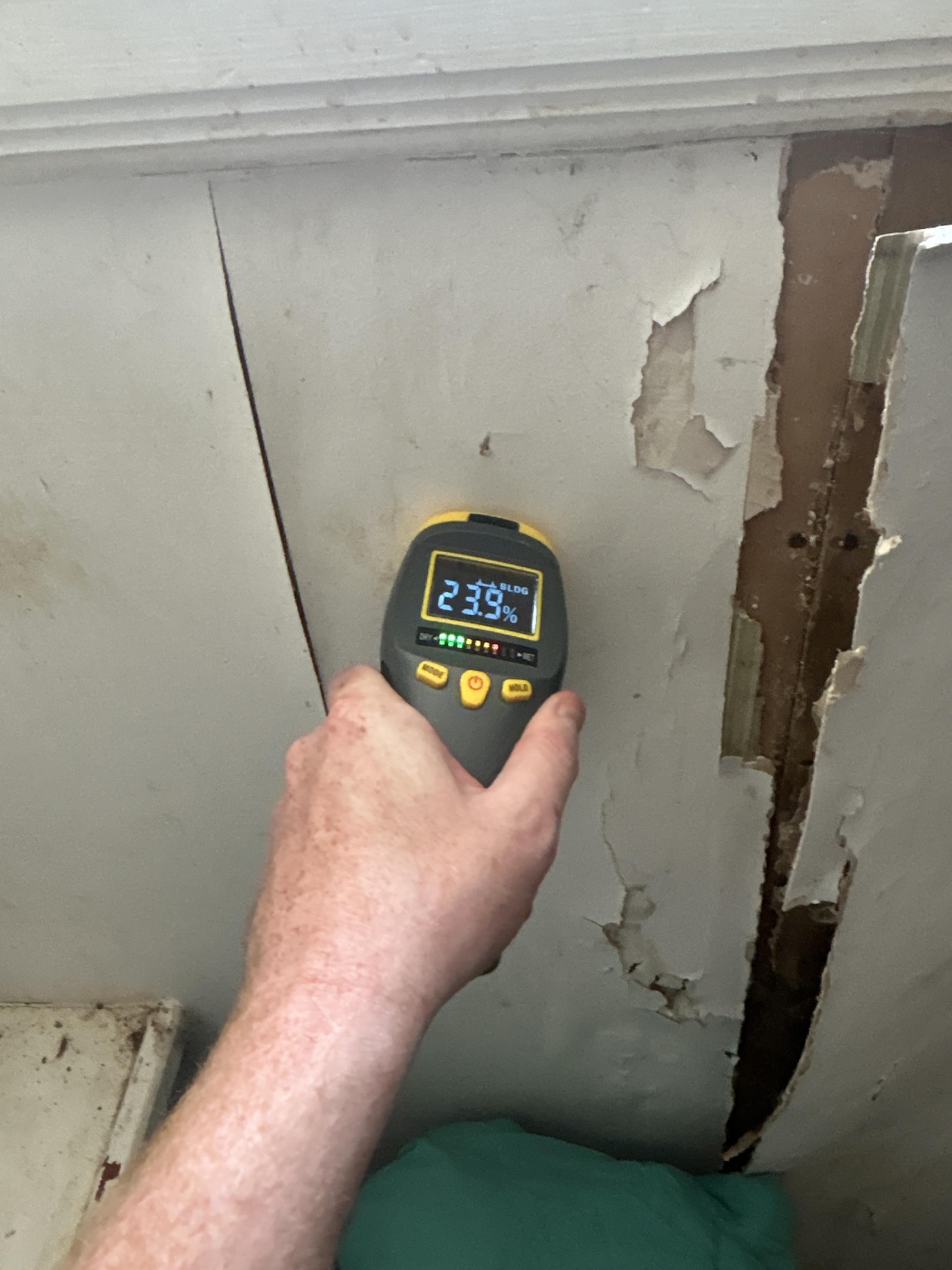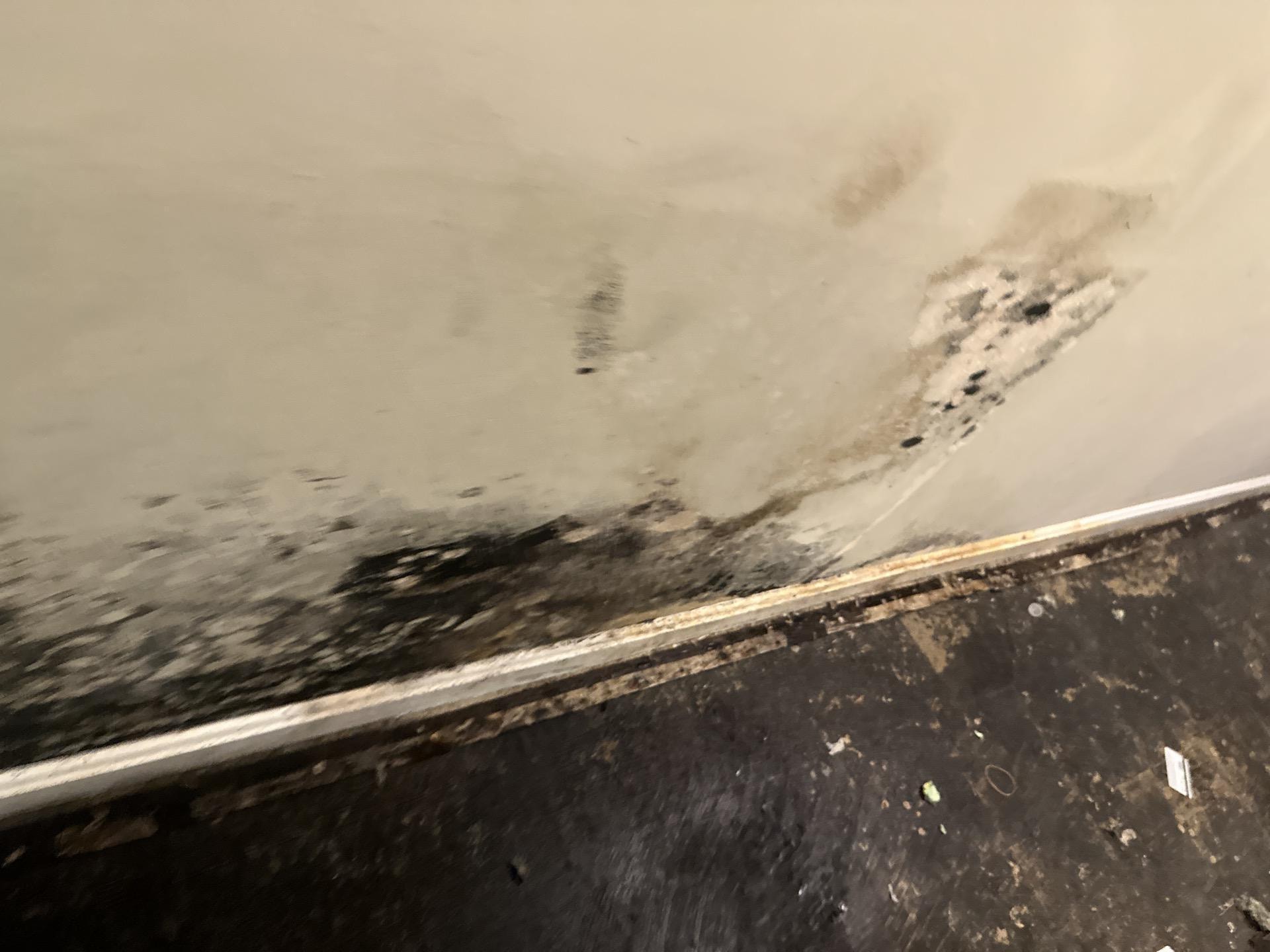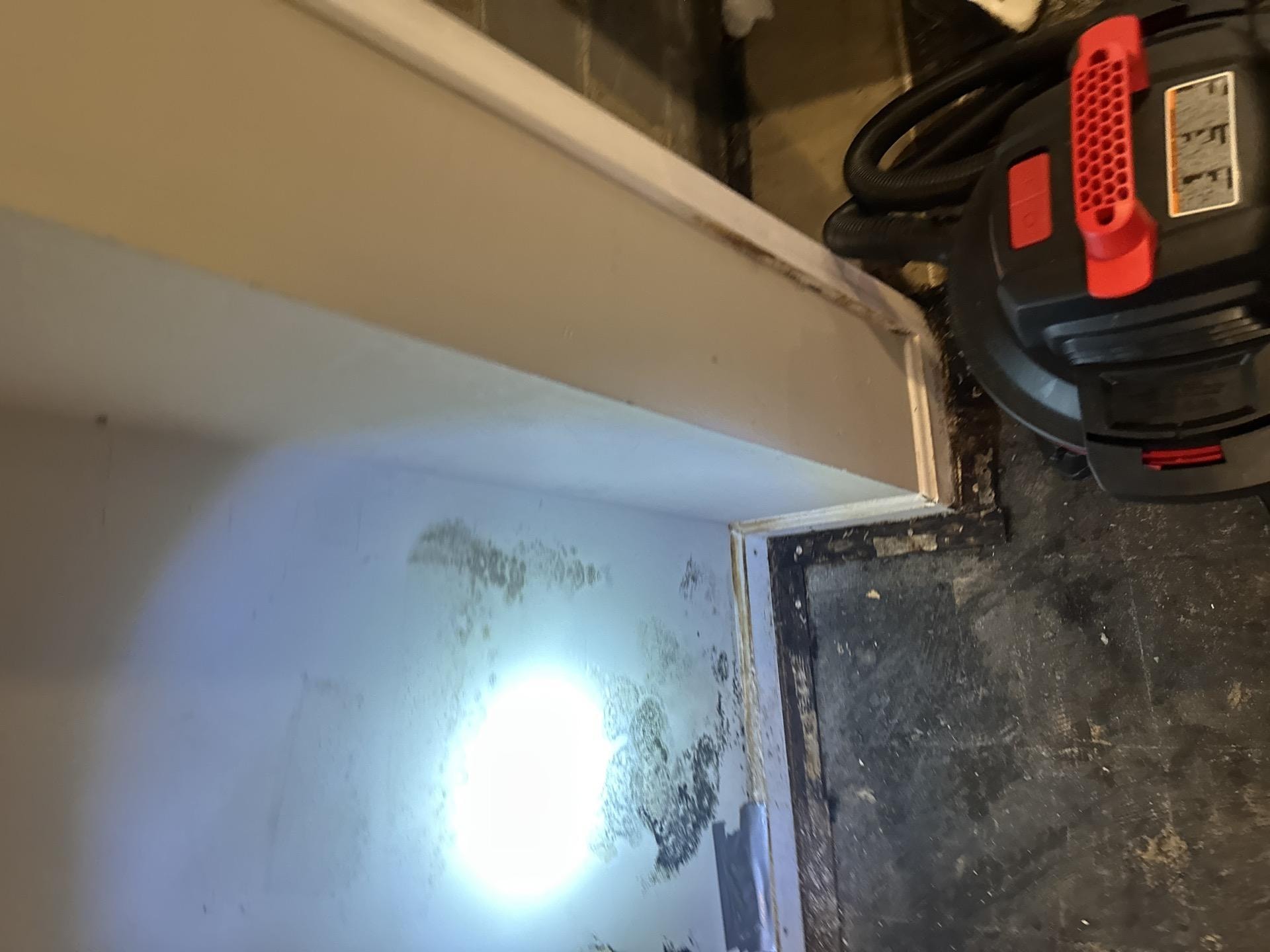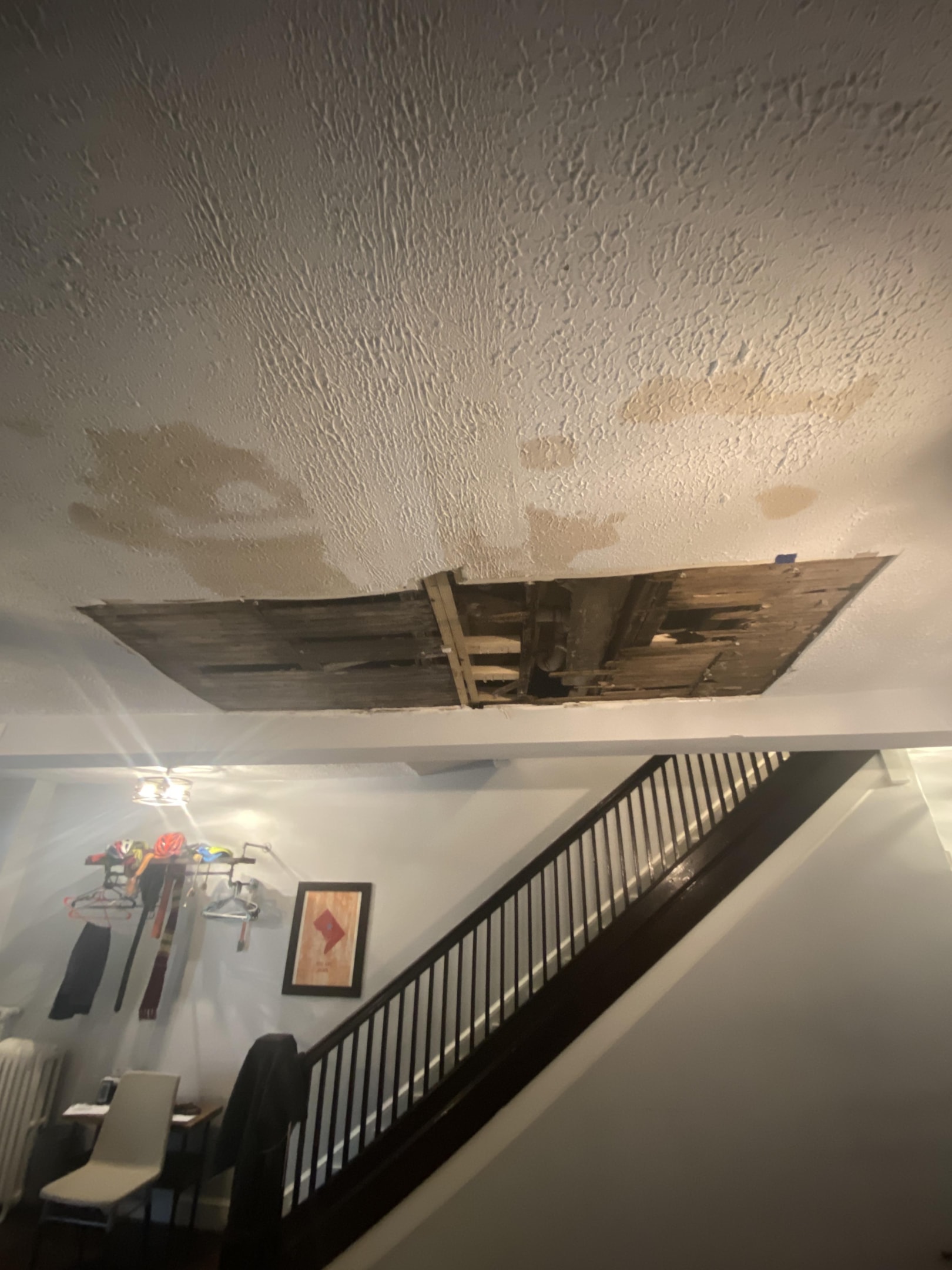Does Bleach Kill Mold ? | SI Restoration Catonsville Maryland
Author Bio : Jeff Cohn Baltimore Maryland and Washington DC .
**I am Jeff with SI Restoration a mold removal ,remediation and water damage restoration company . We are also referred to as a water damage cleanup company . We have been in business since 1989 and have been IICRC certified for water damage clean up or restoration for 30 years. Jeff graduated from the Park School and University of Maryland . Jeff started SI Restoration with his brother Mike Cohn and still own it today . If you have questions on this article or would like a free consultation on your issues in Washington DC or Baltimore Maryland please call him day or night at 410-458-5371 .Note: If you have a removal or mold remediation need and want to talk to a professional , please call Jeff at 410-458-5371. Please only calls in the Maryland area.
Why Bleach Kills Mold Is A Myth
If I had a dollar for every time a person asked me if bleach can be used to remove mold , I could retire. Although the concept makes perfect sense, bleach is not one of the recommended solutions when removing mold or suspected mold odors, as it can also produce harmful fumes . Here are some of the reasons why:
Mold spores dead or alive
The Catonsville Maryland community believes that once mold and spores are killed, then everything is ok and the indoor environment is healthy. Interestingly that's far from the truth. A live mold spore does not cause health issues, it's just the body of the spore itself. Let me demonstrate by an example.
There are mold removal contractors that offer as one of their services an anti mold fogging. So after all the mold has been removed, somehow this fogging of the anti mold chemical will kill anything that was missed.

Mold Can Be A Lethal Weapon Against You
People in general forget that many household products are actually not safe. Bleach is no exception and mixed with other chemicals can actually produce explosive gasses, especially when used on non porous surfaces . I was called years ago, by a group home that had a fire in their house. The members of the home were trying to clean up some exposed mold that was in the attic. They decided to mix bleach with other chemicals and that created a gas that actually exploded and caught the house on fire.
Mold Destroys
The great concept about bleach is that it's the great disinfectant. It can kill most bacteria and heck any living creature I can think of. The problem is that bleach is a weapon that can get out of control. Here is an example: As you are cleaning the mold off the walls, you won't notice at that moment that you dripped or over sprayed the area including the carpet, wallpaper and other non carpeted areas. Hours later you notice that the color of these items has changed permanently .
My comment about the choice of using bleach in a bottle to eliminate mold is the idea that bleach will kill mold completely from wood structures and wall . Actually mold grows roots into the wall and wood structures ( wood framing ). The bleach only cleans the surface , therefore if the wall is not removed, the mold will grow back again. The same applies with wood structures. When removing mold from wood items the wood surface must either be wire brushed or sanded down to remove the root system.

Safety Issues With Using Bleach In Catonsville
Using bleach to clean mold in Catonsville, or anywhere else, poses several safety concerns that need to be addressed. Firstly, bleach can create fumes, especially when mixed with other cleaning agents like ammonia or drain cleaners. These toxic fumes, including chlorine gas, can be dangerous to your lungs and overall health, especially when cleaning around windows requiring proper ventilation during use. Additionally, bleach is corrosive and can cause damage to skin, eyes, and respiratory systems upon prolonged exposure. Protective gloves and a mask are essential when handling bleach to mitigate these risks.
Furthermore, bleach is only effective on nonporous surfaces and does not penetrate porous items like drywall and wood, where mold roots can thrive.
This means that while bleach may clean the surface mold, it does not eliminate mold growth entirely, allowing it to return if the underlying moisture is not resolved. Moreover, applying bleach can lead to discoloration or damage to building items and surfaces such as carpets, wallpaper, and tiles.

In Catonsville, it is crucial to consider alternative mold remediation methods that are safer and more effective in the long term to solve any mold problem . Options like hydrogen peroxide or vinegar can be used to clean mold without the dangers associated with bleach. These alternatives can kill mold on surfaces without producing harmful fumes or damaging materials, making them a preferred choice for mold cleanup in residential and commercial settings.
Does Bleach Kill Mold Growth ?
The question of whether bleach can effectively kill mold growth is a common one, and while bleach is known for its disinfecting properties, its effectiveness against mold is limited. Bleach can kill mold on nonporous surfaces such as tiles, glass, and countertops. However, when it comes to porous surfaces like wood, drywall, and fabrics, bleach falls short. Mold roots, or hyphae, can penetrate deep into these materials, where bleach cannot reach. As a result, while the surface mold may appear to be gone, the underlying mold growth can persist and eventually resurface.

Moreover, using bleach to kill mold can also pose health risks. When bleach is applied, it can produce fumes that are dangerous to inhale, particularly in enclosed spaces with inadequate ventilation. These fumes can irritate the respiratory system and exacerbate existing health conditions if bleach is not properly sprayed . Additionally, bleach is corrosive, meaning it can damage surfaces and materials it comes in contact with, leading to discoloration or deterioration.
For effective mold remediation, it is crucial to address the root cause of mold growth, which is often excess moisture. Without eliminating the moisture problem, mold is likely to return, regardless of the cleaning method used. Alternative cleaning agents like hydrogen peroxide or vinegar offer a safer and more effective solution for eliminating mold on both porous and nonporous surfaces without the risks associated with bleach. These alternatives penetrate the surface to remove mold at its source, reducing the likelihood of regrowth and ensuring a healthier indoor environment.
Mold Has Roots
Mold is not just a surface problem; it has roots that can penetrate deeply into porous materials. These roots, known as hyphae, are the thread-like structures that mold uses to anchor itself and absorb nutrients.
When mold grows on porous surfaces such as wood, drywall, or fabric, these hyphae can extend far below the surface, making it difficult to eliminate mold completely with surface cleaning methods.
Bleach, while effective at killing mold on nonporous surfaces, cannot penetrate deep enough to reach these roots. This means that even if the visible mold is removed, the root structure can remain intact and allow the mold to regrow if the conditions are favorable.
This is why addressing the underlying moisture problem is essential for effective mold remediation.
Alternatives To Using Bleach To Kill Mold Problem
When it comes to tackling a mold problem, especially on porous surfaces, it's crucial to consider alternatives to using bleach. Bleach, while capable of killing mold on nonporous surfaces, often falls short when dealing with materials like wood or drywall due to its inability to penetrate deeply and eliminate mold roots. Fortunately, there are several effective and safer alternatives available to tackle mold in several ways .
How To Apply bleach
First thing is to wear protective gloves, boots and plastic eye protection . Use a spray bottle with a mixture of a few ounces of bleach to a gallon of water in your bottle. Make sure you purchase a few spray bottles .
When you clean mold on porous surfaces and non porous surfaces using chlorine bleach , make sure you don't spray on glass as it will etch . Make sure you use clean water .
Air dry all surfaces and make sure that when you air dry that you ventilate the area that you apply your solution.
Your gloves should be puncture resistant when you wipe clean mold .
Don't combine ammonia and bleach as it will cause a chemical gas that is harmful.
Vinegar is another effective alternative for mold cleanup. Its acidic nature not only kills mold but also helps to prevent future mold growth. Vinegar can be sprayed directly onto the affected area and left to sit for an extended period to ensure thorough penetration and elimination of mold spores. It is a non-toxic solution that is safe for use around children and pets.
For those seeking a more natural approach, essential oils such as tea tree oil or grapefruit seed extract can also be used to combat mold. These oils have natural anti-fungal properties and can be mixed with water in a spray bottle to treat mold-infested areas. While they may take longer to work than chemical solutions, they offer a pleasant scent and are free from toxic fumes.
Terms Used In Reference To Mold Issues
Chlorine Bleach , Contact Time ,
For more information about mold removal, visit our mold removal faq's or the mold removal service page.
SI Restoration water damage clean up services are available in the following Maryland areas :
Towson
Pikesville
Catonsville
Bel Air
Baltimore City
Baltimore County
Dundalk
Essex
Laurel
Parkton
Westminister